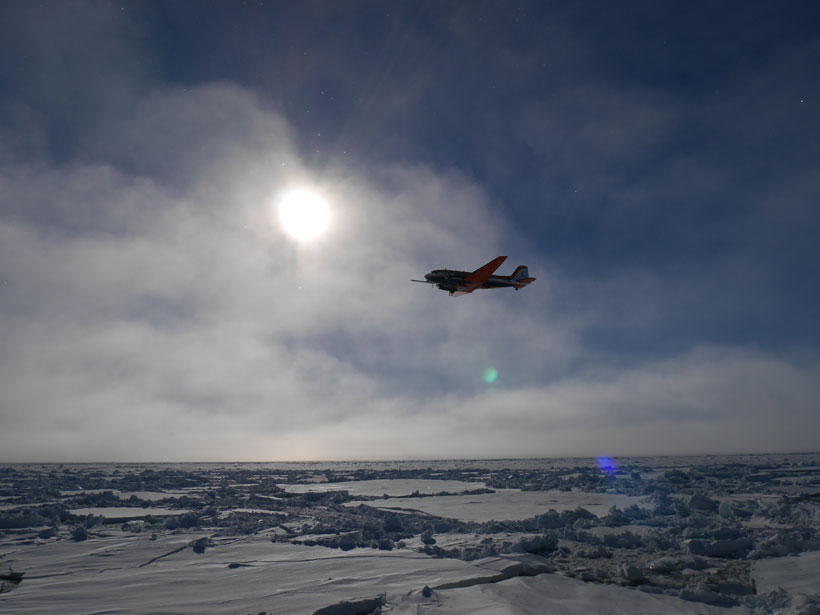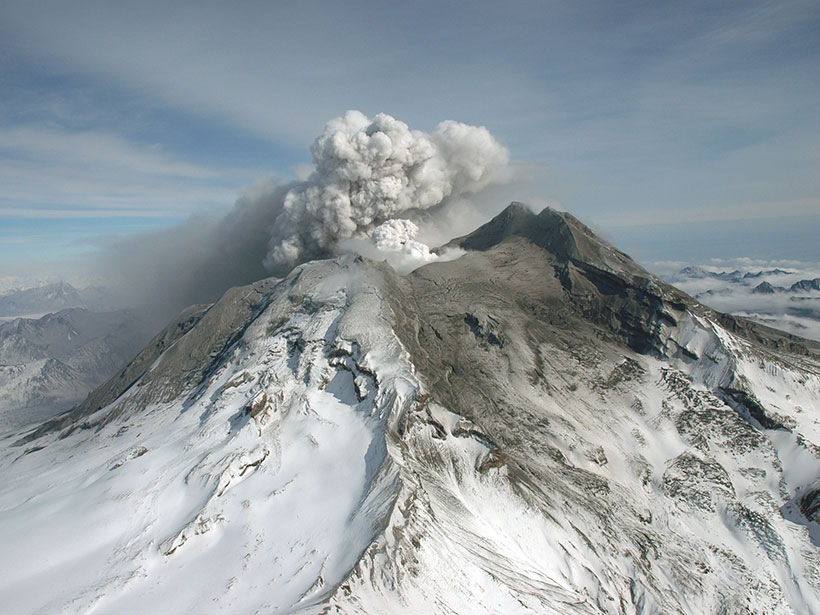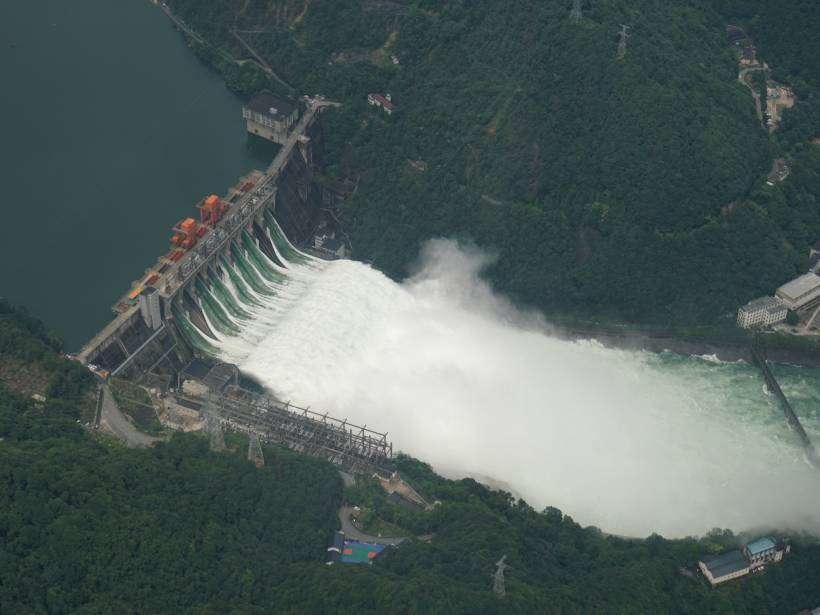A global study suggests that volcanic eruption forecasting and detection may be improved by examining earthquake mechanisms and clustering in combination with individual volcano properties.
forecasting
Glimpsing the Ins and Outs of the Arctic Atmospheric Cauldron
Specially equipped aircraft will follow air masses into and out of the Arctic, observing their transformations and improving our knowledge of the Arctic climate and its global influence.
Volcanic Lands Warm Before Eruptions
Satellite data have revealed that ground radiant temperatures around volcanoes rose in the years leading up to eruptions. The observation may help in forecasting future volcanic activity.
Finding “Glocal” Solutions to Flooding Problems
Scientists call for joint efforts to combine real-time global rainfall data with high-resolution local hydrology to better forecast floods.
Newly Identified Instabilities Enhance Atmospheric Turbulence
New high-resolution imaging and modeling reveal the first evidence of enhanced turbulence due to gravity wave modulation of Kelvin-Helmholtz instabilities.
Saving Lives by Predicting Dust Storms
In the southwestern United States, dust storms form suddenly, quickly reducing visibility to zero. A new warning system may allow motorists to avoid these deadly hazards.
Boosting Weather Prediction with Machine Learning
WeatherBench is a data set compiled to serve as a standard for evaluating new approaches to artificial intelligence–driven weather forecasting.
A 50-Year-Old Global Warming Forecast That Still Holds Up
In 1972, Mikhail Ivanovich Budyko used a simple methodology to make climate predictions that remain surprisingly accurate today and that could serve as a new “business-as-usual” scenario.
Can Newspaper Reporting Uncover Flood Risk?
In areas of low or no flood monitoring, archival coverage of historical flooding can help scientists make better risk predictions.
Torrential Rains and Poor Forecasts Sink Panama’s Infrastructure
Scientists are working to improve the forecasting of heavy rains in Panama following several events over the past decade that caused substantial flooding and damage.










